The Fundraiser’s Toolbox
You know that fundraising is hard work. To be successful you need to be well equipped to take on all its challenges. At SOFII, we thought you might like some help. So we’ve put together this fundraiser’s toolbox that we’ll be filling with essential examples, formats, articles, case studies, ideas and tips that we think every fundraiser should know about.
The A to Z of writing fundraising appeals: G to L

by Steve Lynch
From grammar to the length of fundraising copy via important takes on jargon, headlines and even Rudyard Kipling, Bluefrog’s Steve Lynch continues to take a fun and informative linguistic foray through fundraising essentials.
Read moreSOFII’s July must-reads

by Craig Linton and Pamela Grow
Do you know how to properly thank your donors? Does your copywriting need a boost? Do you want to tap into the potential of gaming? Would you like to read an inspirational and emotional piece of storytelling? All these questions and many, many more are addressed in this month’s collection of SOFII must-reads from Pamela Grow and Craig Linton.
Read moreFrom the Myth Smashers: The myth of the ‘rational donor’
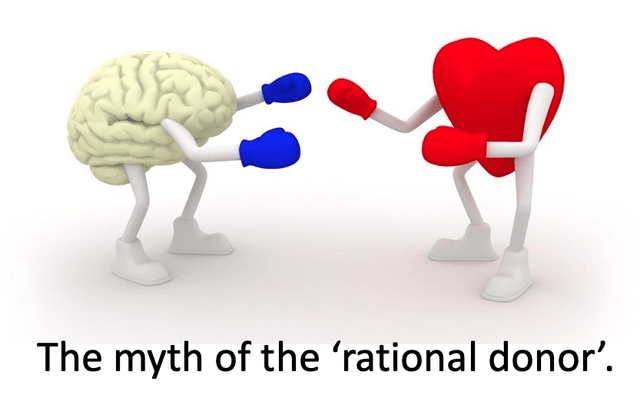
by Alice Anwar
In the first presentation from Myth Smashers, an I Wish I’d Thought Of That (IWITOT)-inspired event that takes place every year down under, Alice Anwar of CARE Australia explores the myth of donor rationality and asks, ‘can the head and the heart ever be friends’?
Read moreMeet the fundraising Myth Smashers

by Joe Burnett
SOFII shares the winning presentations from Myth Smashers, Fundraising Institute of Australia’s IWITOT-inspired event. These young fundraisers each shine a light on dispiriting fundraising myths and show how they can be overcome.
Read moreIntroducing the wisdom of Jerry Huntsinger

by Gwen Chapman
Jerry Huntsinger is the dean of direct mail fundraising. Now, just for you, he is sharing his wisdom here, in the unique Jerry Huntsinger tutorials.
Read moreJerry Huntsinger: 80-years young

by Gwen Chapman
Jerry Huntsinger celebrated his eightieth birthday in July 2013. Since 1965, there has never been a year when he hasn’t had at least one control package being mailed nationally by a major nonprofit organisation. What an achievement.
Read moreHow to master the soft skills of fundraising

by Stephanie Dotto
There are many opinions and articles out there on how to approach donors and win them to your cause with hard skills, but in this article, Stephanie Dotto of CharityJob explores the softer skills that are too often overlooked.
Read moreTutorial 1: Creating fundraising letters and packages
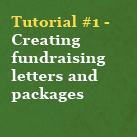
by Jerry Huntsinger
The purpose of these tutorials is to stimulate your thinking. Challenge your preconceived notions. Stimulate your appetite for testing a new idea.
Read moreTutorial 2: Is direct mail fundraising a science or an art?
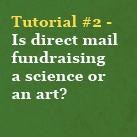
by Jerry Huntsinger
It is a little of both. If you are a writer assigned to create fundraising letters, then you have to deal with feelings, intuition, motivation. Direct mail is a personal form of communication. And communication occurs only when you reach out and touch a person at a deep level.
Read moreTutorial 3: What makes a successful letter-writer?
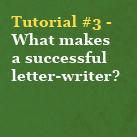
by Jerry Huntsinger
A successful letter-writer must overcome human inertia by putting words on paper. A tough job. Good letter-writers are extremely rare, but here’s how you can spot one.
Read moreTutorial 4: Motivation, magic and junk mail
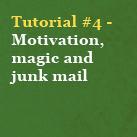
by Jerry Huntsinger
A few motivations often listed in textbook approaches to fundraising.
Read moreTutorial 5: What’s all this talk about junk mail?
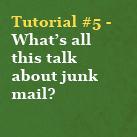
by Jerry Huntsinger
Mail opening in most households is a time of great anticipation. And since the advent of email and electronic communications, the arrival of snail mail has become a high point of the day. You most likely know someone who laments that they no longer receive letter mail.
Read more






